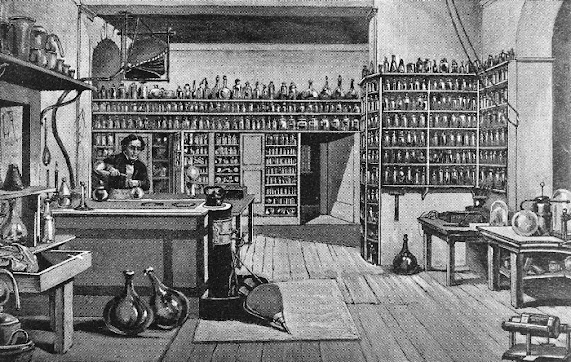Sonnet to Science
Science! true daughter of Old Time thou art!
Who alterest all things with thy peering eyes.
Why preyest thou thus upon the poet’s heart,
Vulture, whose wings are dull realities?
How should he love thee? or how deem thee wise,
Who wouldst not leave him in his wandering
To seek for treasure in the jewelled skies,
Albeit he soared with an undaunted wing?
Hast thou not dragged Diana from her car,
And driven the Hamadryad from the wood
To seek a shelter in some happier star?
Hast thou not torn the Naiad from her flood,
The Elfin from the green grass, and from me
The summer dream beneath the tamarind tree?
Poe wrote during the middle of the Industrial Revolution, the time period being around 1760-1840. Sonnet to Science was written in 1826. Poe feared that the Industrial Revolution, with all the new advances in technology, that the art and nature would be left behind or pushed aside. Romanticism was being pushed away. Although Poe's writing was gothic, it was also part of the Romanticism movement. The true predator of nature was the up and coming science. Some of the biggest advancements were in farming, specifically with people like Oliver Evans in the 1780s inventing the automated flour mill, and Eli Whitney with the invention of the cotton gin. Line three to four refers to those rising technologies as predators, and the prey being the literary and cultural works being devoured. Lines nine and ten talk about taking a Hamadryad (a nymph who lives in a tree and dies when the tree dies) from their home in the forest, and taking them into the new world of technology.


Comments
Post a Comment